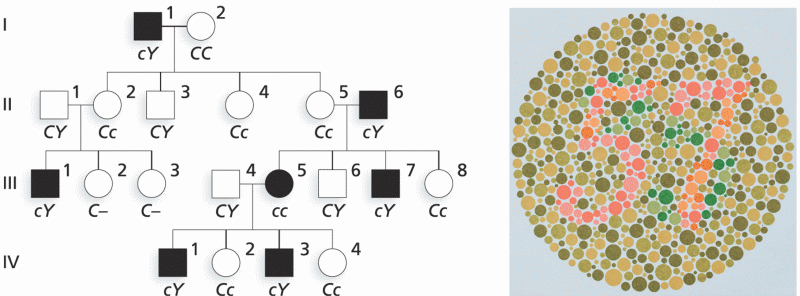|
|
|
Did you know?
About one in five American adults and teenagers have had a genital herpes infection—and most of them don't know it. People with genital herpes have at least twice the risk of becoming infected with HIV if exposed to it than those people who do not have genital herpes.
Did you know?
Thyroid conditions may make getting pregnant impossible.
Did you know?
All adverse reactions are commonly charted in red ink in the patient's record and usually are noted on the front of the chart. Failure to follow correct documentation procedures may result in malpractice lawsuits.
Did you know?
It is difficult to obtain enough calcium without consuming milk or other dairy foods.
Did you know?
Human kidneys will clean about 1 million gallons of blood in an average lifetime.





